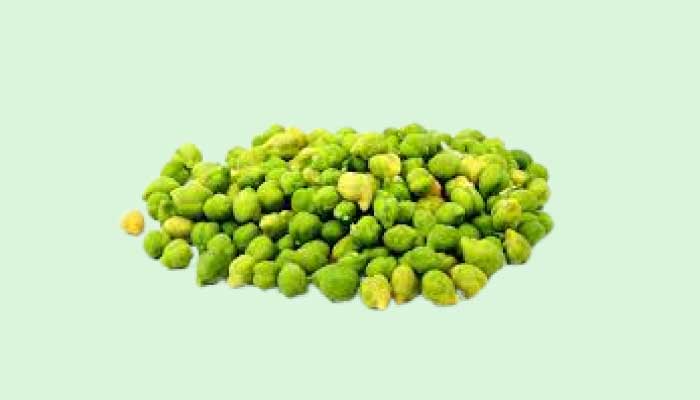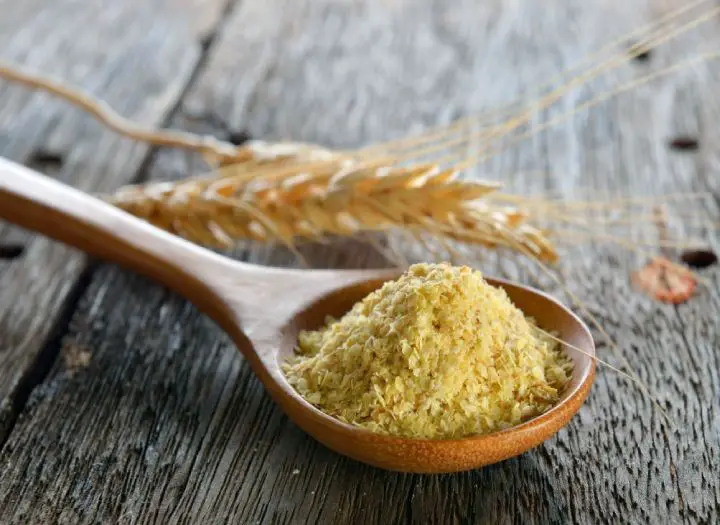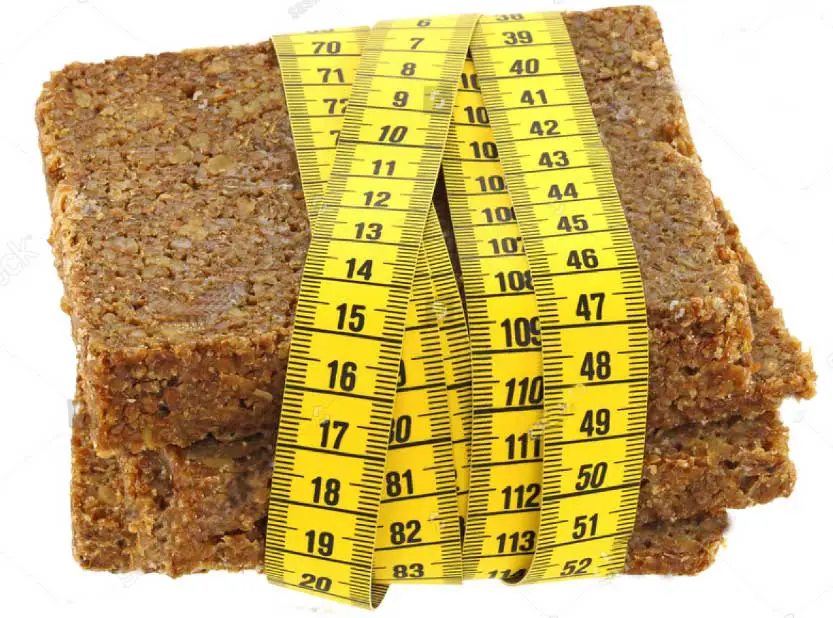We love canned foods, especially cereals, but when it comes to garbanzo beans, you need to know how to cook raw chickpeas before consuming them. I know there are many stories about people who’ve consumed raw or soaked chickpeas, but you will also learn how safe that is today.
In this blog post, we will explore the methods of cooking chickpeas, their nutritional information, and bust a few myths about these sweet cereals. Let’s begin with how one should prepare the beans.
Raw Chickpeas Cooking Process
Raw chickpeas can be cooked in various ways, all of which involve soaking the beans. The results are often different depending on the temperature of the soaking water, the soaking time, and any salt or baking soda in the solution.
Soaking Methods
Here are the most common soaking methods and the results after that:
Quick boiling
This method requires you to put your beans in a saucepan and add water until about two inches above the beans. Set the pan cover and turn on the heat until the contents of the saucepan boil.
You are then supposed to turn off the heat and leave the pan with the beans covered for at least 30 minutes.
Generally, this soaking method won’t leave your chickpeas as soft and salty as with overnight soaking. Nevertheless, the bans will be saltier and more thoroughly cooked than those soaked in the next method that we’re going to cover- instant boiling.
Instant soaking
This method is quite similar to quick boiling, except for a few tweaks. You are supposed to boil six times the amount of water as the garbanzos you have and then mix them. Cover everything and let it sit for one hour. Drain the water and cook your beans.
One notable thing about instant soaked beans is that their appearance is hardly changed after the soak. The beans are usually dry-crunchy in the center, and their skins don’t peel off easily compared to those soaked differently.
Overnight soaking – without salt
This method calls for soaking one volume of chickpeas, ideally half a cup, in several cups of water, say four. The mixture should be left to sit in a large bowl for 12 hours straight.
If you have ever had a garbanzo at a salad bar, that’s exactly how overnight soaked beans will turn out. Also, this soak tends to conserve the beige color, and the skins don’t peel off even in the pressure cooker.
Overnight soaking – with salt
This is the same as the previous method, but with a teaspoon of salt in the mix. For consistency, use a single teaspoonful of salt for half a cup of garbanzos in several cups of water. Leave the mixture for 12 hours.
On draining the water, you will note one thing about the beans- they look grainier. It’s like the salt wears off a thin outer layer, but once cooked, you’ll love the all-through salty flavor.
Overnight soaking – with baking soda
Just like when soaking chickpeas overnight with salt, use half a teaspoon of baking soda in place of salt. Let the beans soak for 12 hours straight, drain, and cook.
You will need to be careful cooking baking soda-soaked beans. Just as it cuts cooking time by half, so does it does the soaking time. Chickpeas soaked for 12 hours with the baking soda will overcook within the same time that other beans would cook. Baking soda softens the beans really quick, which is why you should cook them for at most half the time you’d cook garbanzos soaked in salt or plain water.
Apart from the shortened cooking time, baking soda doesn’t influence the taste of the ready beans.
Cooking methods
After deciding on the soaking method and having the garbanzos softened, it’s time to cook them. Again, chickpeas can be cooked in various ways. We shall discuss the most common methods, i.e., the pressure cooker, over the stovetop, and in a slow cooker.
i. In the pressure cooker
The pressure cooker is a very effective cooking pot that raises the temperature of the cooking food beyond the boiling point of water. As such, the pressure cooker can handle both soaked and unsoaked beans.
a. Soaked beans
Procedure:
- Soak the beans in the usual way, that is, a cup or half a cup of garbanzos in several cups of water, for 12 hours.
- Drain the beans, rinse and add into a pressure cooker. If you soaked half a cup of chickpeas, add two cups of water to the pressure cooker; if it was a cup of beans, be sure to add up to four cups of water.
- For half a cup of beans, add half a teaspoon of salt.
- Turn the flame on and cook on high pressure for 15 minutes.
b. Unsoaked beans
Procedure:
- For unsoaked beans, add six cups of water to every one cup of garbanzos.
- Add a teaspoon of table salt.
- Turn the flame on and cook for 45 minutes under high pressure.
ii. Over the stovetop
If you choose to cook your beans over the stovetop, you need to pre-soak them. Again there are two ways you can cook over the stovetop- either covered or uncovered.
a. Covered
Procedure:
- Soak a cup of garbanzo beans overnight (12hours straight)
- Drain the water, wash the beans and add them into a pot.
- Add water until the level rises about two inches above the beans.
- Add one teaspoon salt.
- Fire the oven to bring the beans to a boil. Reduce the heat and place a pot cover over the now simmering beans.
- Let the beans cook for between 1.5 to 2 hours, or until they are soft.
b. Uncovered
Procedure:
- Pre-soak a cup of chickpeas for 12 hours.
- Drain the beans, wash and put them in a cooking pot.
- Add enough water until it rises a few inches above.
- Add one teaspoon salt.
- Heat the beans until they boil, and then cut down the heat.
- Leave the beans to simmer for at least 120 minutes or until soft.
iii) In a slow cooker
- Start by soaking a cup of chickpeas in water for 12 hours
- Drain the beans, wash, and add them into a slow cooker.
- Add four cups of water and half a teaspoon of salt.
- Slow cook on high heat for at least four hours.
Related Topic:
- How to cook dried garbanzo beans
Are Raw Chickpeas Poisonous?
Compared to other legumes, raw chickpeas are not as toxic. Nevertheless, you should not consume raw chickpeas.
In the uncooked state, chickpeas contain toxins like lectin, phasin, and saponin. The phasin becomes harmless on cooking while the saponin’s bitter taste fades.
Raw chickpeas are also hard to digest due to these toxins and the complex sugars that often lead to gas accumulation in the gut.
Raw Chickpeas Nutrition
Garbanzo beans are not only the most popular bean in the world; they’re also one of my favorite. They have a nutty taste and high enough fat content to satisfy any dieter’s needs.
A cup of garbanzos contains as much as four (4) grams of fat. These beans also have protein and dietary fiber at fifteen (15) and thirteen (13) grams, respectively. This amount of protein is already a third of an adult’s daily requirement, while fiber is already at 50% of the daily needs.
Dietary fiber is known to benefit diabetic people by lowering blood glucose levels. The fiber in garbanzos reduces low-density lipoprotein (commonly referred to as ‘bad cholesterol), thus promoting a healthier heart.
Garbanzo beans contain significant amounts of iron, folate, calcium, selenium, and potassium.
Although the amount of potassium in a cup of garbanzos is just 10% of the required (4700mg) daily intake, this is already a giant leap if you manage to consume a cup of garbanzos a day.
Selenium, an antioxidant, is the other essential nutrient you get from these beans. A cup will contain as much as 6.1 micrograms of selenium. The daily intake requirement is 55 micrograms. This explains why consuming garbanzos regularly helps reduce the risk of cancer.
Chickpeas also contain choline, which helps the brain in a number of ways. A cup of garbanzos contains as much as 70mg choline, which is not far from the recommended 400-550mg daily intake. This way, chickpeas promote cognitive health in areas like memory and thinking and reduce cognitive decline among seniors.
Garbanzo beans contain iron, whose deficiency leads to anemia. A cup of beans contains about 50% (4.7mg) of the recommended daily intake.
Raw Chickpeas Nutrition Data
Chickpeas contain more nutrients than discussed above. Below is the nutritional information per 164 grams (one serving or one cup) of the bean:
- Protein – 15 grams
- Fats – 4 grams
- Dietary fiber – 13 grams
- Calcium – 80 milligrams
- Potassium – 474 milligrams
- Selenium – 6.1 micrograms
- Zinc – 2.5 milligrams
- Choline – 69.7 milligrams
- Magnesium – 78.7 milligrams
- Iron – 4.7 milligrams
- Copper – 0.6 micrograms
- Energy – 267 calories
- Carbohydrates – 44.7 grams
- Folate – 280 micrograms
- Beta carotene – 29.2 micrograms
Freequently Ask And Question (FAQs)
Q. How long do you cook chickpeas?
The cooking time depends on whether or not the garbanzos are soaked. The cooking method you choose also determines the time to cook.
These are the general cooking times for the various methods:
- Stovetop (covered and uncovered) – up to 2 hours
- Pressure cooker (soaked) – 15 minutes (on high pressure)
- Pressure cooker (unsoaked) – 45 minutes (on high pressure)
- Slow cooker – 4 hours on high heat setting
Where to buy raw chickpeas?
Raw chickpeas are found in the cereals section in every store. You can also order from online shops and ecommerce sites like Amazon and have them delivered to your doorstep.
Can you eat raw chickpeas?
Eating raw chickpeas is highly discouraged because it leads to digestion problems and unusual bowel movements. Raw chickpeas are also hard and can damage your teeth when you try to chew them.
What is the raw chickpeas nutritional value per 100g?
- Energy – 164g
- Protein – 8.86g
- Fat – 2.59g
- Fiber – 7.6g
- Carbohydrates – 27.42g
- Calcium – 49mg
- Iron – 2.89mg
- Magnesium – 48mg
- Potassium – 291mg
- Zinc – 1.53mg
- Copper – 0.352mg
- Selenium – 3.7mg
- Manganese – 1.030mg
- Phosphorus – 168mg
Conclusion
Chickpeas are common types of beans, but whose flavor is ever fulfilling. If you have been cooking them in just one method, you can now try out other ways, as discussed.
The nutritional information is also as sweet as the beans themselves, so you might want to increase your daily intake.
Rita C. Donnell (Jennifer) has spent the last 26 years studying and practicing nutrition science. She has used a larger part of this time in improving people’s livelihoods. She has done so by coming up with unquestionable ideas on how to tackle food problems in her community. Readmore



